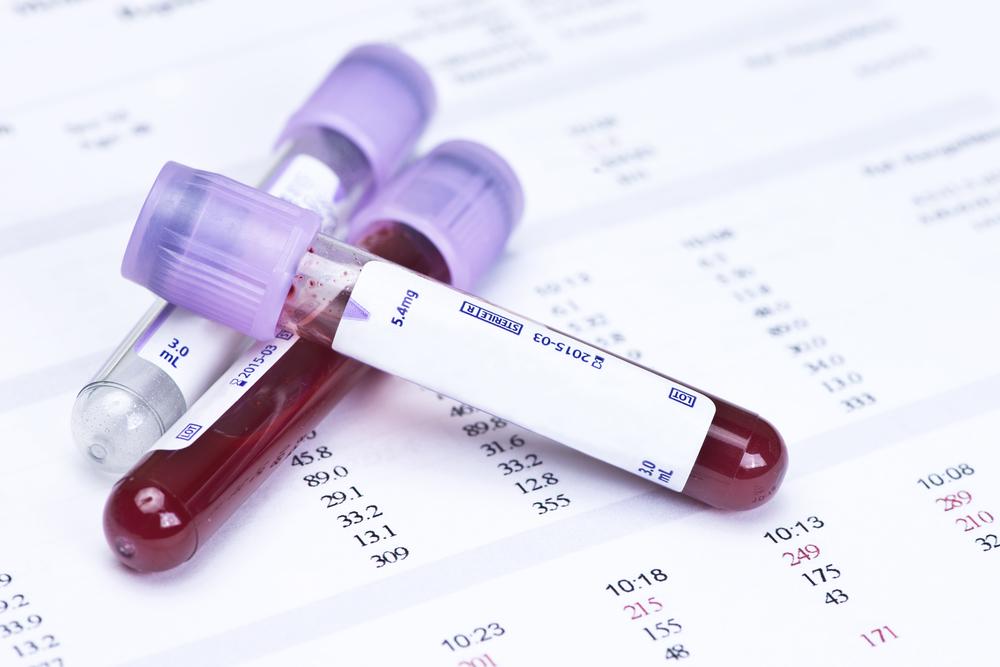Comprehensive Guide to Normal Blood Cell Levels and Their Critical Role in Maintaining Health
This comprehensive article explores normal blood cell levels—red blood cells, white blood cells, and platelets—and their vital roles in maintaining health. It emphasizes the importance of regular blood tests for early detection of issues like anemia, infections, and clotting problems. Learn about normal ranges, signs of imbalance, and how blood cell counts impact overall well-being. Whether you're a patient or health enthusiast, understanding these components helps promote better health and timely medical intervention.

Comprehensive Guide to Normal Blood Cell Levels and Their Critical Role in Maintaining Health
The human body relies heavily on a delicate balance of various blood components to function optimally. Among these, red blood cells, white blood cells, and platelets play indispensable roles in ensuring overall health, proper immune response, oxygen transportation, and effective blood clotting. Understanding the normal ranges of these blood cells, their significance, and how deviations can impact health is crucial for early diagnosis and effective management of potential health issues.
In this extensive guide, we delve into each component—what constitutes normal levels, why these levels matter, and how regular blood testing can be a vital part of maintaining health and detecting early signs of disease. Whether you are a patient, healthcare professional, or someone interested in health education, understanding the intricacies of blood cell counts is fundamental for better health management.
White blood cells (WBCs) – These cells are your body’s primary defense against infections. They identify and destroy bacteria, viruses, and other pathogens. The normal WBC count ranges between 4,500 and 10,000 cells per microliter of blood. Elevated levels often indicate infections, inflammation, or immune responses, while lower counts may increase vulnerability to illnesses, including bacterial infections or other immune deficiencies. Monitoring WBC levels is essential for diagnosing infections, leukemia, and other immune-related disorders.
Red blood cells (RBCs) – RBCs are responsible for transporting oxygen from the lungs to tissues and removing carbon dioxide from the body. Normal counts generally fall between 5 and 6 million cells per microliter for men, and 4 to 5 million per microliter for women. Low RBC levels, a condition known as anemia, can cause symptoms like fatigue, dizziness, and shortness of breath, significantly impacting quality of life and physical activity. Maintaining optimal RBC count is critical for oxygen delivery and energy levels.
Platelets – These small cell fragments are essential for blood clotting and wound healing. Normal platelet counts are between 140,000 and 450,000 per microliter of blood. An imbalance can lead to bleeding disorders or clotting problems. Low platelet counts (thrombocytopenia) increase bleeding risk, while high counts (thrombocytosis) can predispose to abnormal clot formation, potentially leading to strokes or deep vein thrombosis. Regular platelet monitoring helps prevent complications and guides treatment decisions.
Regular blood testing, especially complete blood counts (CBC), serves as a crucial tool for early detection of abnormalities in blood cell levels. By maintaining balanced levels of RBCs, WBCs, and platelets, individuals can support their immune health, ensure efficient oxygen transport, and promote optimal wound healing. Healthcare professionals recommend annual CBC screenings for most adults, and more frequent testing may be necessary for those with underlying health conditions or symptoms suggesting blood disorders. Through early detection and appropriate treatment, risks associated with abnormal blood cell counts can be significantly mitigated, leading to better health outcomes overall.





